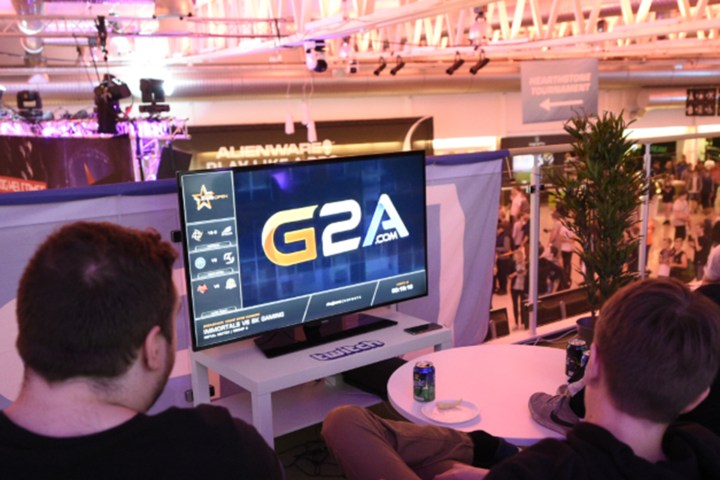
Effective immediately, new sellers will have to provide verification via a social media account, an active phone number, and will only be able to sell 10 products until further proof of identification is supplied, according to a report from Engadget.
In the coming months, this will be complemented by measures that verify a seller’s credit card details, their PayPal credentials, and their home address.
G2A is an online marketplace where users can sell game keys that were purchased elsewhere. Unfortunately, less honest users have been known to abuse this system by purchasing keys legitimately, selling them via G2A, then requesting a chargeback on their credit card.
This issue came to the fore back in June, when the CEO of indie studio TinyBuild took G2A to task on the situation, as detailed by Game Informer. Alex Nichiporchik accused the site of causing his studio to lose out on $450,000 in revenue, although G2A suggested that figure had been exaggerated.
The lost revenue was due to mass use of the sell-then-chargeback scheme. While G2A attempts to keep sellers in line and ban those who use fraudulent practices, the ease of creating new accounts made the company’s attempt at policing its users ineffective.
However, it’s clear that the very public dispute has prompted G2A to fortify its relationship with developers. In June, the site announced the Game Developer Support System, which will help studios stake their claim to a portion of the profits from any of their games sold on the marketplace.
Between the new verification requirements and a commitment to sharing royalties, G2A should be commended for taking a proactive approach to a situation that could wreak financial havoc on promising independent studios. That said, it’s perhaps too early to determine whether these measures go far enough — and there are certainly questions to be asked about the system of vetting vendors that was in place beforehand.


